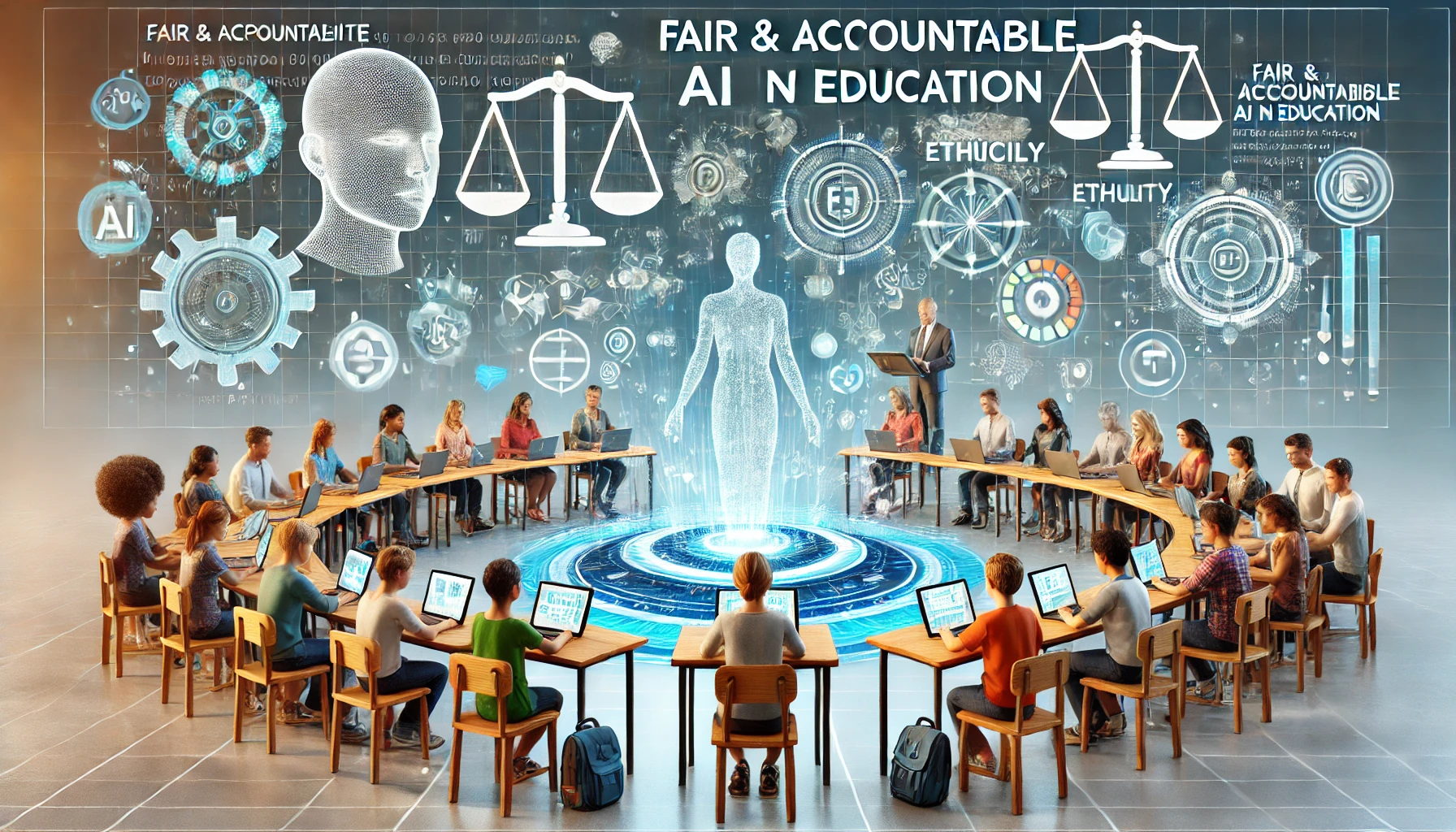
Over the summer of 2025, a quiet but decisive split began to emerge inside the upper ranks of American enterprise. It wasn’t about budgets, markets or strategy cycles. It was about autonomy; specifically, whether a company was willing and able to hand meaningful chunks of decision-making to autonomous software agents.
But data in the October 2025 edition of The CAIO Report from PYMNTS Intelligence reveals that the age of agentic artificial intelligence, a technology that can produce results, execute decisions and take actions on its own to achieve predefined goals, is not following a uniform adoption curve.
For enterprises that spent the past decade weaving automation deep into their systems, agentic AI is the logical next step. For companies still operating with moderate or minimal automation, it is a leap they don’t yet know how to make.
Enterprises already comfortable with automation are speeding ahead, and over 90% of product leaders are leveraging outside vendors or consultants to help implement agentic AI rather than building in-house solutions. Still, others are holding back. Not because of lack of technology, but because of readiness, culture and risk tolerance.
The result is a “two-speed” enterprise landscape: one group racing confidently toward autonomous systems, and another watching from the sidelines, unsure of how, or even whether, to follow.
Agentic AI’s Enterprise Automation Threshold
The embrace of agentic AI is increasingly concentrated in companies where automated systems already handle substantial operational load. A PYMNTS Intelligence report, “From Zero to Beta: How Agentic AI Just Entered the Enterprise Fast Lane,” found that among the enterprises that fall into the highest automation bracket, 25% had already adopted agentic AI by August, and another 25% planned to adopt it within a year. Half the cohort had either onboarded or was preparing to onboard autonomous agents.
In companies with medium or low automation, adoption was effectively zero. A few medium-automation enterprises were piloting agentic tools, but none had formally adopted them.
Understanding the divide requires revisiting what automation means inside an enterprise. Basic digital processes — like using QuickBooks, Salesforce pipelines or rules-based supply chain triggers — still rely heavily on human oversight. They are akin to cruise control in a car: helpful, but not transformative.
Enterprises with lower automation levels must overhaul processes, redesign governance frameworks and often retrain staff before agentic artificial intelligence can be piloted safely.
Highly automated enterprises, by contrast, have already embraced systems that make independent decisions. These companies might be compared to drivers who regularly use advanced driver-assistance features — self-parking, adaptive lane steering — and therefore have a higher comfort threshold for fully autonomous vehicles, allowing autonomy to slot in with minimal friction.
The risk is that the two-speed pattern becomes self-reinforcing. Highly automated enterprises deploy agentic AI, which accelerates their innovation cycles. Faster cycles drive growth, giving them more resources to invest in autonomy. Meanwhile, slower enterprises fall further behind, lacking both the infrastructure and the capital to catch up.
The more optimistic view is that agentic AI will eventually follow the same trajectory as cloud adoption: early divergence, followed by widespread standardization. The more pessimistic view is that autonomy creates structural advantages that cannot be easily replicated, locking some enterprises permanently ahead of others.
Whether the two-speed landscape persists depends on two developments. First, vendors must deliver greater transparency, auditability and compliance mechanisms — features that build trust rather than simply tout performance. Second, mid-tier enterprises must increase their automation maturity. If they can raise their operational “floor,” they can join the fast lane before the gap becomes too large.
What is clear is that agentic AI is no longer a theoretical horizon. It is shaping real strategies, real investments and real organizational divides. The enterprises moving fastest are not simply adopting the technology, but redefining the pace and structure of innovation.
Source: https://www.pymnts.com/




